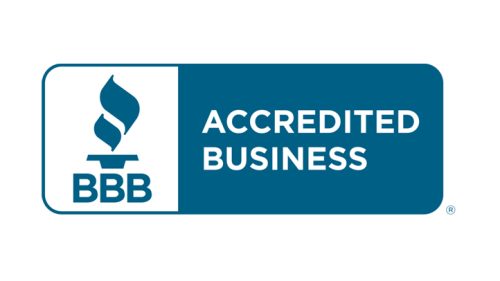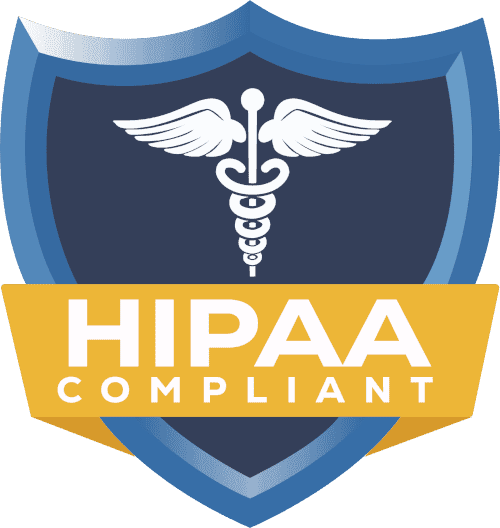Step-by-Step Process to Credentialing for Telehealth Professionals

Introduction: Why Credentialing Is Crucial for Telehealth
The use of telehealth has transformed healthcare by reducing geographical barriers, which leads to increased access to care. For example, a psychiatrist offering virtual consultations to patients across the country or a primary care doctor managing chronic conditions over the phone show how telehealth has become a vital part of modern medicine.
However, with this opportunity comes responsibility. In order to provide care in a compliant way, telehealth providers have to undergo a credentialing process that verifies their credentials, licenses, and compliance with state and payer regulations. Credentialing ensures providers meet all requirements before they begin providing virtual care. In its absence, insurance claims from telehealth providers may be denied, along with the trust of patients or even lawsuits. The following step-by-step credentialing process will provide an overview of the entire telehealth credentialing experience, including the initial requirements and long-term maintenance.
Step 1: Understand Telehealth Credentialing Requirements – State and Payer Regulations
Telehealth professionals should understand the credentialing rules that apply to them before starting any applications.
Main considerations
- State licensing laws: You must hold a valid license in the state where the patient is physically located at the time of the encounter. This means that multi-state licensing may be necessary if you work with patients across state lines.
- Payer requirements: Medicare, Medicaid, and other insurance providers all have different credentialing requirements for telehealth. Additionally, some payers require telehealth-specific forms or proof of HIPAA compliance.
- Telehealth modality requirements: Some states require additional documentation or technical standards for certain modalities (e.g., video visits or remote monitoring).
- Pro Tip: Before getting started, it is a good idea to review recommendations of the Federation of State Medical Boards (FSMB) and the American Telemedicine Association (ATA). This helps avoid wasting time on incomplete applications.
Step 2: Gather Necessary Documentation – Licenses, Certifications, Work History
Credentialing is paper-heavy. Being prepared ahead of time can save a few weeks of back-and-forth.
Usually needed documents
- Active state medical licenses (for each state where you plan to treat patients).
- DEA registration (in case of prescribing controlled substances).
- Specialty and board certifications.
- Diplomas, certificates of graduation from medical schools, and residency.
- Peer references or supervisory verifications may be required.
- Provide a detailed CV and explain any employment gaps.
- Documentation concerning malpractice insurance policies.
- Background and employment verification.
Delays in submitting required documents can set back the credentialing timeline by weeks or even months.
Step 3: Complete CAQH Profile – Updating and Maintaining Accuracy
An example is the Council for Affordable Quality Healthcare (CAQH) ProView database, which serves as a central repository that most insurance companies consult to obtain provider information.
CAQH steps to follow
- Register for CAQH ProView.
- Fill in the correct personal, professional, and practice details.
- Upload needed documents (licenses, insurance, education, and so on).
- Authorize payers to access your CAQH profile.
You should keep your CAQH profile up to date. Failing to update your address or renew an expired license can cause delays or denials.
Pro Tip: Remember to review your CAQH profile every quarter.
Step 4: Apply for State Licensure (If Needed) – Multi-State Telehealth Licenses
Assuming you want to serve patients in multiple states, you’ll need to obtain licenses in all the states where you plan to practice. Fortunately, in most cases, telehealth providers can use programs like the Interstate Medical Licensure Compact (IMLC) to simplify the multi-state licensing process.
The reason this matters
- You are not legally allowed to treat patients in that place without the right state law license.
- Some states offer temporary or emergency telehealth licenses, but these often expire quickly.
The licensing regulations depend on the profession and are diverse in terms of non-physicians (nurse practitioners, mental health therapists, etc.). Always verify requirements with each state’s licensing board.
Step 5: Submit Payer Credentialing Applications – Insurance Panels and Medicare/Medicaid
After you have your licenses and CAQH in order, you can join payer networks. This will be the final step to bill insurance for telehealth services.
Typical steps
- Select payers with whom you wish to contract (Medicare, Medicaid, commercial).
- Submit applications to each payer using their specific or universal forms.
- Produce what is required.
- Submit any forms or attestations of particular telehealth.
Different payers have different credentialing timelines. Typical approval periods range from 60 to 120 days, and more time can be taken up to provide extensions.
Tip: Maintain a spreadsheet tracking each application’s submission date, status, and follow-ups.
Step 6: Ensure HIPAA and Compliance Training – Privacy and Security Standards
Telehealth presents distinct privacy and security risks. Providers may be required to provide evidence of:
- HIPAA compliance training: Learn the rights of patient privacy.
- Use secure, encrypted video conferencing platforms.
- Follow secure data-storage and access protocols for patient records.
Certain states and payers will not approve credentialing until HIPAA training is completed.
Step 7: Monitor Application Status – Follow-Ups and Resolving Discrepancies
Despite the thorough documentation, delays might happen. Missing signatures, outdated licenses, or old work history notes can delay approval.
Best monitoring practices
- Follow up with payers every two to three weeks to check status.
- Immediately respond to calls for extra documents.
- Make sure all correspondence is well organized.
Passive waiting can delay approval by months; consistent follow-up is key.
Step 8: Maintain and Re-Credential – Keeping Credentials Updated
Credentialing is an ongoing process, not a one-time project.
Average renewal cycles
- Payer re-credentialing is every 2-3 years.
- Licenses and malpractice insurance must be renewed annually.
Lack of renewal of credentials may result in instant suspension from payer networks. During the credentialing process, Providers should maintain a credentialing calendar to track expiration dates for
- Licenses
- DEA registration
- Malpractice insurance
- Board certifications
Common Telehealth Credentialing Mistakes to Avoid
- Failure to obtain the appropriate state licenses leads to immediate rejection.
- Mismatched CAQH profiles: Even minor errors can result in application denials.
- Overlooking payer-specific forms of telehealth.
- Delayed follow-ups: Credentialing requires ongoing attention and follow-up; it cannot be left unattended.
Why Many Telehealth Providers Use Credentialing Services
The reason many telehealth providers use credentialing services
The process of credentialing may require anywhere between 3 and 6 months, and mistakes lengthen the process.
To:
- Expedite applications.
- Reduce rejections.
- Oversee multi-state licensing.
- Manage ongoing re-credentialing cycles.
In the case of busy professionals starting their telehealth practice, outsourcing can be quicker and have fewer administrative burdens.
Conclusion – Smooth Credentialing Equals Smoother Telehealth Operations
A compliant and trustworthy telehealth practice is built on proper credentialing. Whether it is a qualification check or payer requirements, each of the steps is important in safeguarding both patients and the providers.
An efficient credentialing process does not just make approvals faster; it also lets the providers spend more time on giving quality care rather than chasing paperwork. Credentialing serves as the essential link that connects telehealth providers with patients who need their care, building trust and ensuring regulatory compliance.
FAQs
1. How long does the telehealth credentialing process take from start to finish?
Average time on licensing is 60-120 days; however, multi-state licensing may take more time, and there could be slow response times on slow payers.
2. Can one credentialing application be used for multiple states??
No. Every state needs its license, but it is efficient to do it using the Interstate Medical Licensure Compact in case you are eligible.
3. What documentation is required for telehealth credentialing?
Licenses, malpractice insurance, education certificates, CV, DEA registration, and evidence of using HIPAA-compliant systems and technology.
4. Are HIPAA training requirements different for telehealth providers?
Yes. The providers should possess current HIPAA training on telehealth standards of privacy and security.



















